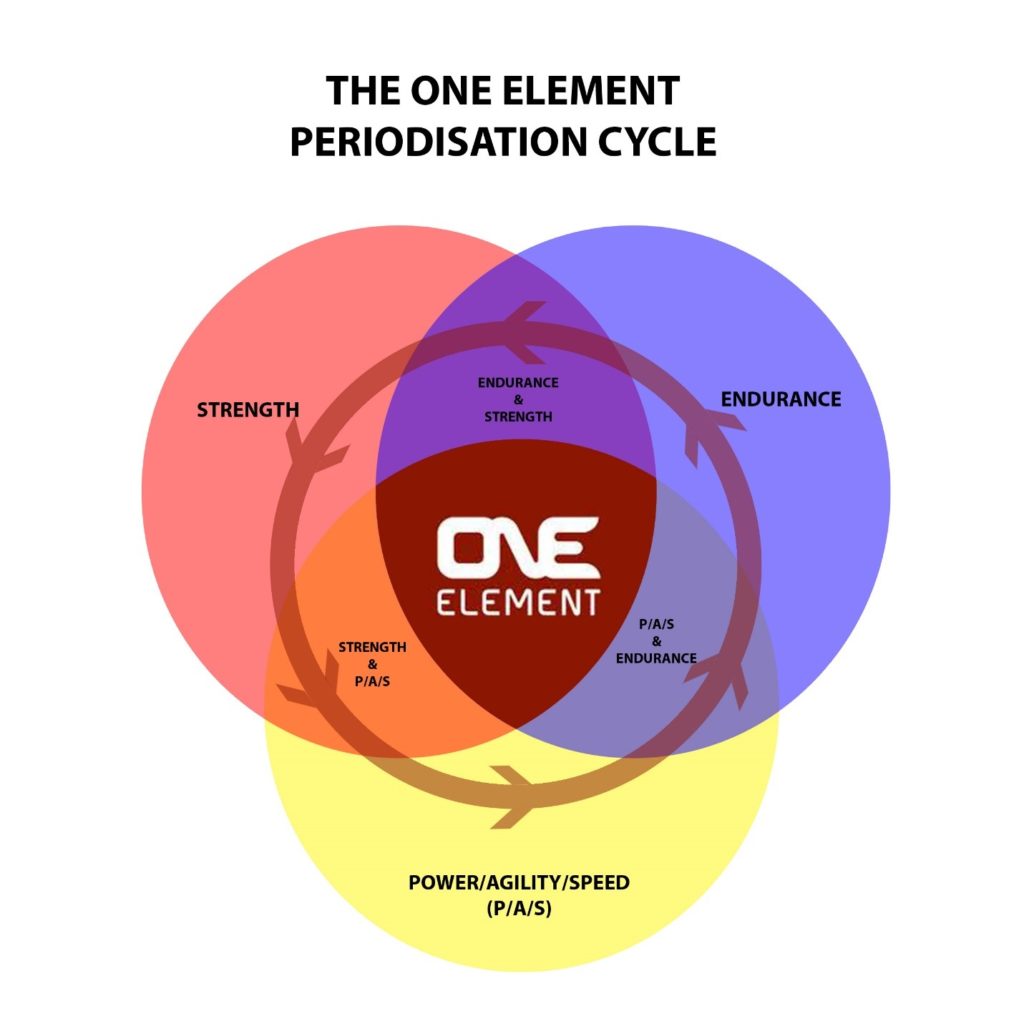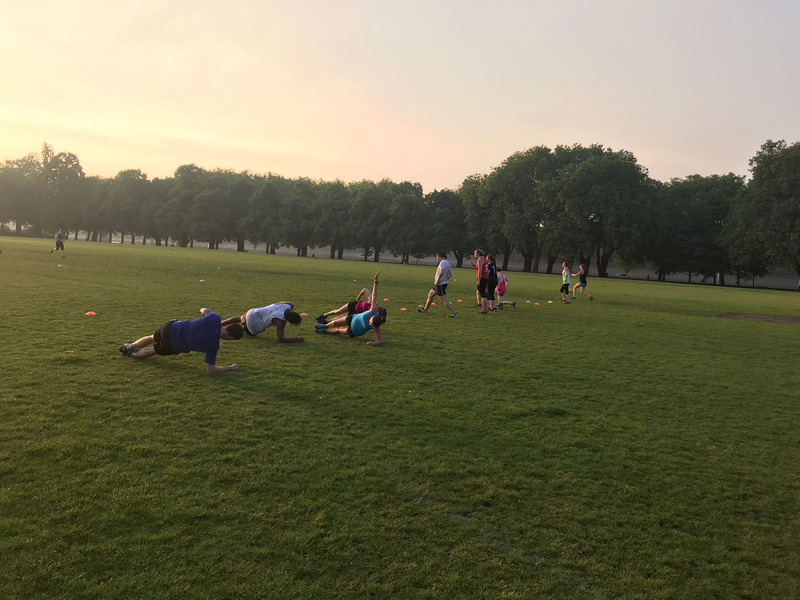How hard do you push yourself when you train? Do you push yourself as hard as you can every time you go to the gym or turn out at training in the park with One Element? Could you work harder? If your answer is – you could work harder some of the time, then you just might be a step ahead of the rest. This blog is about understanding intensity and when to push to your max, and importantly when you should not.
80’s, 90’s, naughties training thinking
10 years ago if you climbed onto any piece of kit in the gym there was a button that said “fat burning zone” and this was low intensity walking / light jogging training. The science at the time showed, as a percentage of the total calories burnt, you burnt a high number of calories of fat at a low intensity. This is still true. The problem is that you just don’t burn many calories at all when you are walking. Doing high intensity exercise will burn more calories as fat, as the total number of calories burnt is higher, for example:-
- Walk for an hour = 400 calories burnt, of which 50% is fat. Therefore you burn a total of 200 calories of fat;
- One Element training for an hour = 1200 calories burnt of which 40% is fat Therefore you burn 440 calories of fat.
Whats more, training at a low intensity is dull and with no real results mean it is fairly pointless.
The last 5 – 10 years: emphasis has been high intensity interval training
The science of HiiT is robust, it shows you can achieve enormous fitness and strength gains. It has also been shown to reduce blood sugars and blood lipids as well as having tremendous positive effects on the brain and burning fat around vital organs and reducing abdominal fat. The problem is that if you train at 100% every day you will under perform and flirt with injury. It is simply not sustainable to train at your max intensity every day. You’ll also be exhausted and not be able to perform well in other tasks.
Most training has come from either military or sports backgrounds. Both of which fundamentally build towards a point in time where you will be expected to work as hard as you can. Be it Olympics, on the sports field or on the battlefield. Athletes and trainers know that you don’t “toast” yourself on every session. Instead you get a large number of hours of conditioning and training as opposed to all out pain and exhaustion. Allied with this is a concept known as Periodisation.

Periodisation
This is an idea of moving through strength, endurance and power so that each one affects the other and build over all performance as opposed to just being in the power phase all the time. Again the evidence on this is robust and has been shown to work for years.
The next 10 years…
There are a number of athletes and sports coaches who are endorsing more of a play or “in the zone” (achieving the balance between fun and intensity) style of training. Think 70 – 85% of max intensity, meaning you can train more often with less injuries. Firas Zahabi a UFC and boxing trainer from Canada has some fascinating thoughts on this. Watch his interview here. Acute injuries tend to happen in the power phase of training sprint, heavy lift & fast movements. This is not to say we should not do these types of training. We should work them into a cycle of fitness training that works through strength, endurance and power or plyometric. The training should be playful and enjoyable as well as leading to long term measurable fitness gains.
One Element
We are very excited about this as we have essentially, since 2007, built our training around this concept. Our training has been developed over years to work through these phases while being playful and enjoyable too. We do however have really high intensity sessions, some competitive and some sprint based. But this is part of the HiiT cycle. These sessions are the equivalent to our “match day”, it’s our chance to push ourselves and improve on previous results. Sign up for your free One Element trial to find out in person why our sessions are so effective!


